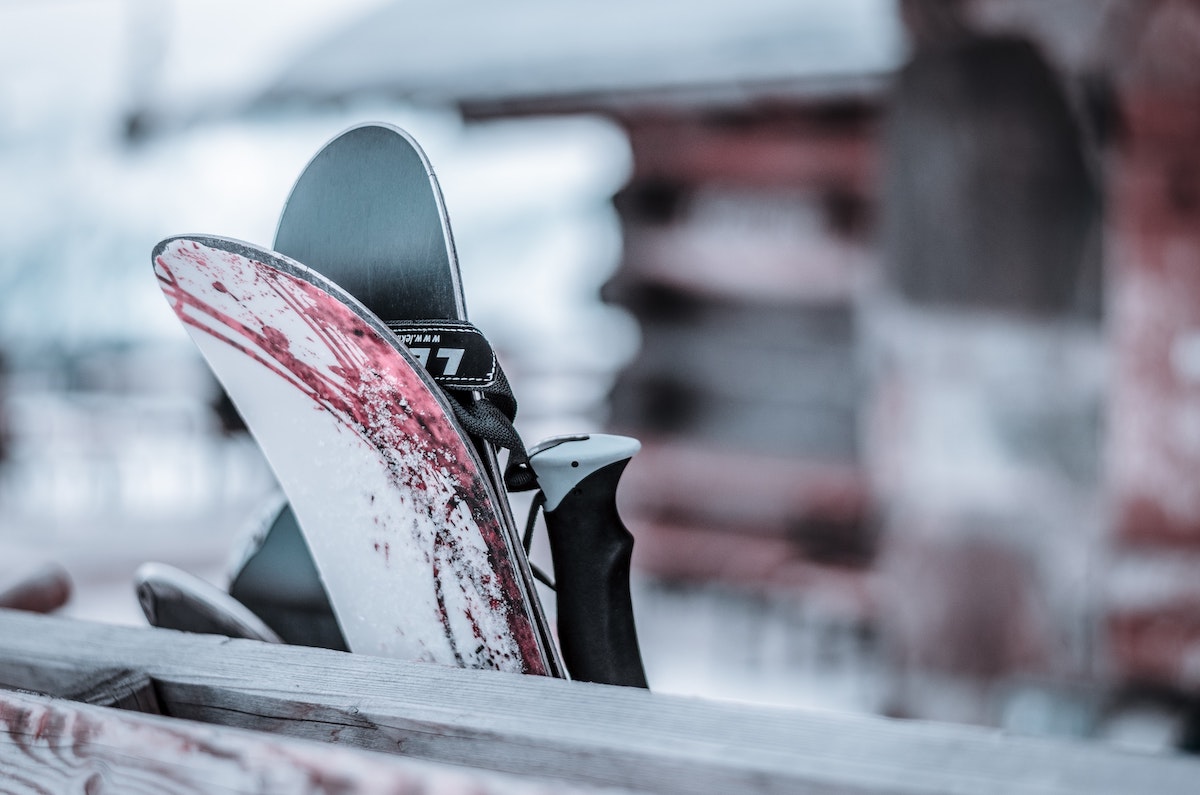Whether you are a beginner or an expert skier, knowing how to wax skis is a very useful skill that will get you the most out of your skis and save you money over time.
Why is ski waxing important?
Did you know that waxing your skis allows you to ski faster and protects your equipment? Hence the importance of always having well-waxed skis.
Proper waxing has many advantages:
-
Allows you to glide more efficiently on snow to get more speed during a descent;
-
Increases your agility, making turns easier and sharper;
-
Acts as protection when hitting rough surfaces, protecting it from scratches.
Waxing skis is not only a big safety plus in winter sports, it also helps improve your performance and get the most out of your equipment.
Maintenance and waxing: when to do it?
A little before the start of the ski season, it's time to apply a good glide wax. Throughout the winter, you should also wax them when the soles (the part of the ski in contact with the snow) seem a little dry or if they seem to have faded. Finally, at the end of the season, apply a final wax before storing your skis.
Specialty shops offer waxing services, but the cost increases rapidly and the quality varies greatly. Also, hand-applied waxing is significantly more efficient and precise than waxing machines.
Which wax to choose?
There are two main categories of waxes: glide wax (called paraffin) and retention wax.
Cross-country and ski touring enthusiasts should use a non-slip retention wax (also called grip wax) which helps the skier to move forward.
Glide wax (also called glide wax) is used by skiers and snowboarders to optimize the glide properties of the sole.
When choosing wax, the ski conditions are an important criterion to take into account. Indeed, the temperature ranges for which the wax is intended will be decisive in your choice. For example, if you apply -10 / -5 ° C wax to ski on spring snow, the effect will be very unsatisfactory.
To find out which wax is best for your needs, you can check out our blog post Wax for alpine skiing : which one to select?
How to wax your skis?
The most important part of waxing is to make the ski warm so that the wax stays wet and penetrates the pores of the base. It's essential. The goal of waxing is not to have wax on the base of your ski but in the pores of the sole of your ski. That's why when the wax dries and hardens, you scrape and then brush all the dried wax off your ski. All you want is wax soaked in your ski. So the warmer and wetter your skis are, the better.
The main stages of waxing are as follows:
-
cleaning of the old wax layer on the sole (waxing)
-
application of the new wax
-
wax scraping (where most of the applied wax will be removed)
-
brushing and finishing
STEP 1: PREPARE YOUR SKIS
The sole of your skis must be clean before you start waxing. Clean the surface of your equipment and rinse thoroughly to avoid any residue. Position the skis so that the sole faces up and is level. Make sure to protect the floor or table surface to protect them from dripping wax.
STEP 2: APPLY THE WAX
To melt the wax, tilt the iron vertically with one hand and hold the wax bar against the iron with your other hand. Run the hot wax along the sole surface of your ski.
Once the wax has poured onto the sole, place the waxing iron and move it as if you are ironing clothes. Do not leave the iron on the soleplate for too long, you may burn it. Melt the wax until a very thin layer evenly covers the entire surface to the edge.
Allow the application of the new wax to cool until they reach room temperature (approximately 30 minutes). If in doubt, wait longer to avoid completely removing the wax from the pores of your ski.
STEP 3 : SCRAP THE WAX
Once the surface is at room temperature, remove the wax with the squeegee. Start at the end of your ski and resume your way. Make sure that the edges are as smooth as possible (without bumps and ends of wax). The wax layer should be very thin. Beginners often do not scrape enough, leaving a wax layer too thick.
STEP 4 : BRUSH
The finishing touch is to brush your wax application for about five minutes. This last step will help even out and remove any excess wax. The result should look like a very thin layer and only a small amount of wax should come off if you scratch the surface with your fingernail.
Ski waxing: not that complicated!
In conclusion, including waxing your skis in your equipment maintenance routine is a winning choice! By opting to wax your skis this season, not only will you get the most out of your equipment, but you will enjoy your outings on the slopes more.


